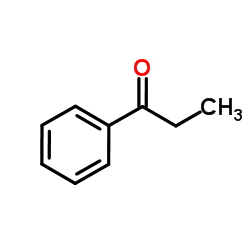Rapidly growing mycobacteria in Singapore, 2006-2011.
S S Tang, D C Lye, R Jureen, L-H Sng, L Y Hsu
文献索引:Clin. Microbiol. Infect. 21 , 236-41, (2015)
全文:HTML全文
摘要
Nontuberculous mycobacteria infection is a growing global concern, but data from Asia are limited. This study aimed to describe the distribution and antibiotic susceptibility profiles of rapidly growing mycobacterium (RGM) isolates in Singapore. Clinical RGM isolates with antibiotic susceptibility tests performed between 2006 and 2011 were identified using microbiology laboratory databases and minimum inhibitory concentrations of amikacin, cefoxitin, clarithromycin, ciprofloxacin, doxycycline, imipenem, linezolid, moxifloxacin, sulfamethoxazole or trimethoprim-sulfamethoxazole, tigecycline and tobramycin were recorded. Regression analysis was performed to detect changes in antibiotic susceptibility patterns over time. A total of 427 isolates were included. Of these, 277 (65%) were from respiratory specimens, 42 (10%) were related to skin and soft tissue infections and 36 (8%) were recovered from blood specimens. The two most common species identified were Mycobacterium abscessus (73%) and Mycobacterium fortuitum group (22%), with amikacin and clarithromycin being most active against the former, and quinolones and trimethoprim-sulfamethoxazole against the latter. Decreases in susceptibility of M. abscessus to linezolid by 8.8% per year (p 0.001), M. fortuitum group to imipenem by 9.5% per year (p 0.023) and clarithromycin by 4.7% per year (p 0.033) were observed. M. abscessus in respiratory specimens is the most common RGM identified in Singapore. Antibiotic options for treatment of RGM infections are increasingly limited.Copyright © 2014 European Society of Clinical Microbiology and Infectious Diseases. Published by Elsevier Ltd. All rights reserved.
相关化合物
| 结构式 | 名称/CAS号 | 分子式 | 全部文献 |
|---|---|---|---|
 |
苯丙酮
CAS:93-55-0 |
C9H10O |
|
Repetitive injection method: a tool for investigation of inj...
2015-02-13 [J. Chromatogr. A. 1381 , 110-7, (2015)] |
|
Wide injection zone compression in gradient reversed-phase l...
2015-04-17 [J. Chromatogr. A. 1390 , 86-94, (2015)] |
|
Efficiency of short, small-diameter columns for reversed-pha...
2015-02-27 [J. Chromatogr. A. 1383 , 47-57, (2015)] |
|
Lipophilicity of porphyrins and their retention in IAM, C8-C...
2015-10-10 [J. Pharm. Biomed. Anal. 114 , 227-40, (2015)] |
|
Effect of gradient steepness on the kinetic performance limi...
2015-08-28 [J. Chromatogr. A. 1409 , 152-8, (2015)] |